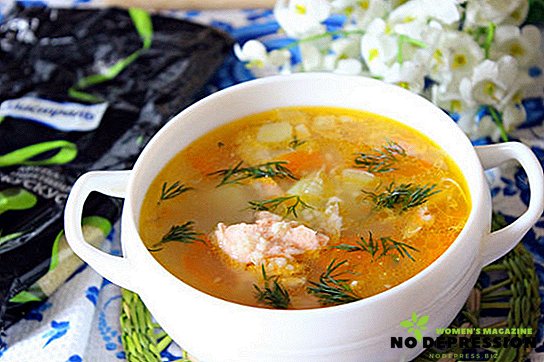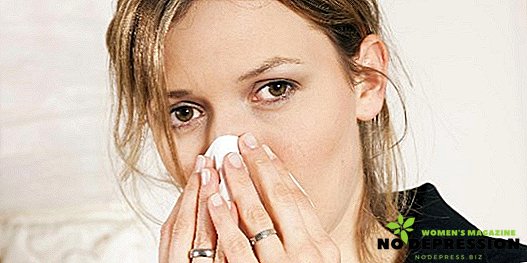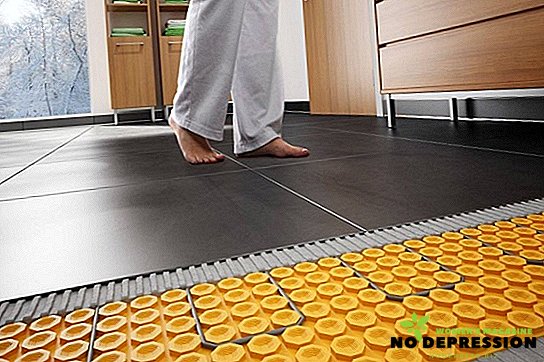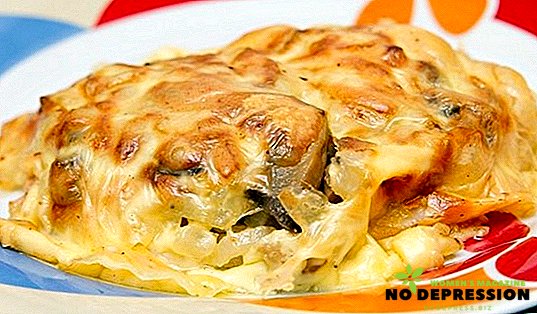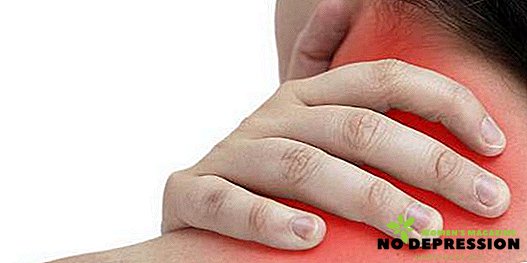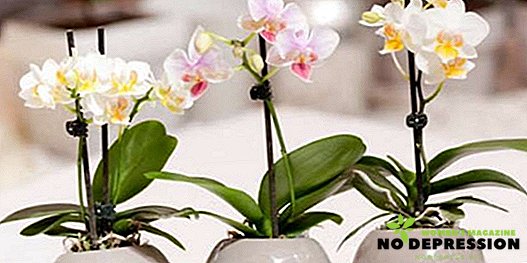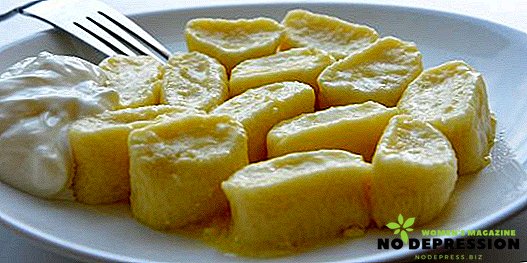Normally, the tongue should be pink (bright or pale). If the shade begins to change, for example, a yellowish bloom appears on top, you should pay attention to this and consult a specialist.

In some cases, such a plaque is a natural reaction of the body, and sometimes signals the beginning of the development of a disease.
Can yellow patina be normal
The whitish-yellow tongue can occur in the summer time of the year when a person has a strong thirst. The entire tongue is covered with an overlay, and disappears after ingesting a sufficient volume of fluid.
The reason for the appearance of yellowish plaque can be the use of certain foods, such as carrots, citrus fruits, apricots. This can be attributed, and strong tea, coloring drinks, ice cream.
Some medications can cause a similar manifestation. This may be Furazolidone used in the treatment of intestinal infections. The drug is released in the form of a powder or tablets having a yellow color. Internal use of the drug causes staining of urine and mucous membranes in a dark yellow hue. Yellowness disappears without a trace immediately after the end of the funds.
 It is often possible to observe that the tongue has turned yellow after taking antibacterial drugs.
It is often possible to observe that the tongue has turned yellow after taking antibacterial drugs.
Experts explain this as follows: these drugs increase the load on the liver, which causes the uncontrolled release of toxic substances into the body.
Since the drugs have a negative effect on the organs of the digestive system, this becomes the cause of the formation of a yellow film on the tongue.
The reason for the plaque may be taking vitamin preparations. This is a natural reaction of the body, because in the composition of such funds there are coloring components.
When to worry
If the yellowing of the language was not preceded by the above factors (medication, use of certain products, etc.), then this symptom is a sign of the development of a certain disease.
It is necessary to pay attention to the plaque that:
- cannot be removed with a brush;
- does not disappear on their own throughout the day;
- accompanied by an unpleasant smell;
- gradually thickens;
- over time it gets brighter.
Causes of yellow bloom in the tongue
If a yellow patina appears due to the development of a disease, it is caused by the active reproduction of pathogenic microorganisms that are localized in the oral cavity.
At the initial stage of the disease or with a negative impact on the body of a certain external factor, pathogenic microflora occurs, which is able to multiply and form plaque.
In adult
 According to numerous studies can be called a lot of pathological conditions that may be accompanied by such a symptom:
According to numerous studies can be called a lot of pathological conditions that may be accompanied by such a symptom:
- failure of any organ of the digestive tract;
- diseases of the kidneys or adrenal glands;
- pancreatic diseases;
- diseases of any organ of the biliary system (in this case there is a bitter taste in the mouth and a yellow-green coating on the tongue);
- sore throat (yellow bloom, fever and sore throat - the initial symptoms of the disease);
- acute respiratory viral infection or common cold;
- hepatitis;
- cholecystitis;
- whooping cough;
- smoking abuse.
Rarely does a symptom occur in the background:
- a strong breakdown of red blood cells in the bloodstream, which is inherent in acquired or congenital hemolytic anemia;
- defective synthesis of red blood cells (with insufficient content in the body of vitamin B12);
- poisoning with toxic substances (hydrogen sulfide, arsenic, phosphorus, hydrocarbons, etc.);
- extensive bruises (internal or external);
- heart attack of internal organs.
If you suspect that a yellowish bloom on the tongue is caused precisely by a disease of a specific organ or system, it is recommended to visit a specialist as soon as possible in order to undergo an appropriate diagnosis.
The child has
The reasons for the appearance of such a symptom in adults are practically no different from the factors causing its plaque in children. A child may have yellow bloom due to:
- overeating (as a rule, this applies to those children who abuse fatty foods; the symptom occurs in the morning in combination with nausea and dry mucous membranes in the mouth);
- the development of an infectious disease, which is also characterized by fever;
- general dehydration;
- development of jaundice (there is a change in the color of the tissues of the tongue, and not the formation of plaque);
- food poisoning and disorders of the liver;
- inflammatory process in the mouth (stomatitis, gingivitis, tonsillitis, caries, glossitis, etc.);
- development of diabetes, any autoimmune disease.
If the cause of plaque was improper oral hygiene or nutrition, it will be much easier to get rid of it.
Features of diagnosis and treatment
After referring to a specialist with such a problem as a yellow coating on the tongue, he will appoint the necessary diagnostic measures that will help make an accurate diagnosis and identify the cause. The sooner the provoking disease is diagnosed, the more favorable the prognosis.

If the plaque is caused by stomatitis or another dental disease, it is very easy to identify it when examining the oral cavity. If there are suspicions on the pathology of the digestive tract organ, the following diagnostic measures are prescribed:
- complete blood count, urine, feces;
- blood test for the presence of parasitic invasion (eosinophils);
- biochemical blood test to determine the level of cholesterol in the body, bilirubin, amylase and other indicators.
To determine the condition of the gallbladder, in particular to identify stones and sand in it, cholecystography is performed. To consider the bile ducts, it is necessary to have cholangiography. You can check the state of the organs of the gastrointestinal tract using ultrasound.
As soon as they have determined the exact diagnosis, that is, the provoking disease, they immediately begin appropriate treatment. First of all, take measures to eliminate the cause. An attempt to get rid of plaque without treatment of the main disease will not be crowned with success, because after a while it will reappear.
At home, you need to follow some recommendations regarding nutrition:
- Eat slowly, without haste.
- Do not abuse spicy and spicy foods.
- Exclude soda from the diet.
- Observe fractional nutrition.
- Chew well, do not swallow whole.
- Observe the temperature mode of serving dishes.
- Daily (in the morning and in the evening) independently remove the plaque with a soft toothbrush.
You can use folk remedies. For example, herbal decoctions that rinse the oral cavity: on the basis of chamomile, mint, sage will be effective. In the preparation of infusions, you can use oak bark and flax seeds.
Preventive measures
According to statistics, pathological causes, that is, diseases, contribute to this in 90% of cases of plaque on the tongue. For this reason, doctors recommend paying attention to any changes in the oral cavity, including those that occur in the language. A toothbrush must be selected carefully, it is desirable that it be two-sided, with a reverse surface for cleaning the tongue.
During the day, it is important to carry out rinsing of the mouth (2-3 times) with clean water. You can also use herbal extracts (for example, chamomile).
If you suspect the development of the inflammatory process, rinse the mouth with any antiseptic solution. There is no cause for concern only when yellowing was preceded by the use of products with dyes.
To avoid disrupting the activity of the gastrointestinal tract, it is recommended to eat properly. Useful low-fat varieties of meat, herbs, vegetables and fruits, fatty fish, other foods that contain vitamins and minerals in sufficient quantities.
Fried and fast food should be excluded from consumption completely.
Conclusion
Yellow bloom on the tongue is not always a pathological phenomenon. This may be due to the use of food, in which food dyes are present, or with taking certain medications (for example, Furazolidone, etc.). In addition, the disease can accompany many diseases, which can only be determined by a specialist, having carried out the necessary diagnostic measures.
The way to eliminate the plaque depends on what reason caused it. If it is a physiological factor, the treatment is to remove the provoking factor. In any case, it is necessary to consult a specialist as soon as possible, because the sooner measures are taken, the higher the chances of a full recovery.


